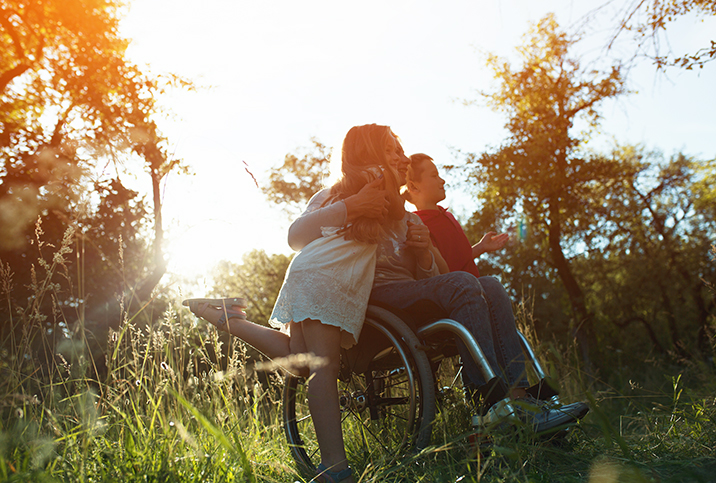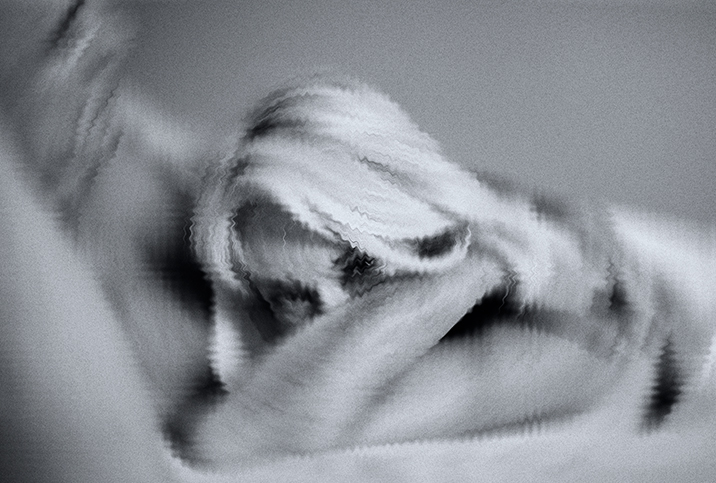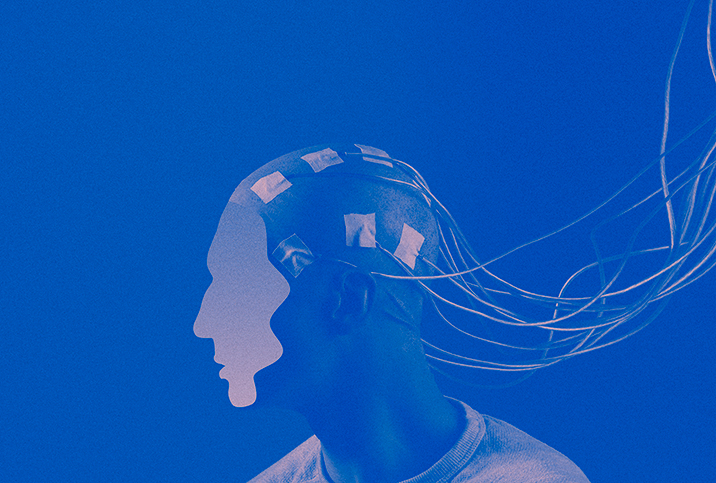Supermom and Supercrip: Being a Mom With Disabilities

One surefire way to win a Best Actor Oscar is to be a non-disabled person playing the part of a person with a disability. Eddie Redmayne's Stephen Hawking portrayal in "The Theory of Everything" won him the prestigious statue.
Redmayne's performance involved such thorough research, one writer likened it to "writing a doctoral dissertation." But take it from someone doing just that: Giving life to a dissertation must be an original effort and not a mere replication study.
Parenthood and the cripple effect
I was served these words of warning prior to my daughter's first breath of life: "You will not know how challenging becoming a parent is until you do it." I am sure every parent gets this stern advice, but as I become precipitously more physically disabled, parenthood has proven quite the challenge.
Where my own disabilities and the struggle of being a good mom connect, the supercrip story begins to evolve. First, let me define my terms. "Supercrip" was a label first identified by Beth Haller, Ph.D., assistant professor of journalism at Towson University in her book "Disability & Media Matters." In the modern vernacular, it describes people with disabilities celebrated in the media for routine activities non-disabled people do and for extraordinary triumphs exceedingly difficult for anyone to achieve.
These supercrip stereotypes hit me as either infantilizing or as a pejorative call to able-bodied people: "What's your excuse?"
However, this binary limits the representation of the vast matrix of both what people can do and/or how they can get them done. For instance, my Parkinson's symptoms fluctuate throughout the day and by task. So if I'm unable to walk, I can run or crawl. If this happens in public, I choose to run and I will get strange looks. Yet, how would the public look if I crawled?
I was the last of my friends to have a baby. Therefore, I was fortunate to be inundated with hand-me-downs, including three baby carriers. My plan was to wear the baby as much as possible, as it can facilitate a child's development of a secure attachment. Yet, five weeks after I gave birth, I was hospitalized with postpartum psychosis and given medication that exacerbated my Parkinson's symptoms. Suddenly, my walking became klutzy and my right arm lost functionality. Trying to reconcile my conception of being a mom with my physical limitations wore me out. Even the routine washing of bottles took me twice as long as other people.
However, when I began parenting a toddler, real fear struck my heart. If a toddler doesn't want to sit in their car seat, I simply don't have the physical ability to make them sit while I buckle the seatbelt. And so, here I am having these daily hostage negotiations until I finally give up and concede, usually in the form of giving her my phone. Subsequently, the oft-derided phone solution took root in every activity that could involve a toddler running into danger—parking lots sure do involve a lot of complicated navigation, and it's a little safer to have a little one sitting still, regardless of what it takes.
Resilience is the expectation
The resounding messages around parenting involve a lot of assumptions about a caregiver's abilities, whether they be physical, financial or otherwise. Resilience is often described as an individual overcoming challenges and strengthening their ability to withstand future adverse events. At the same time, the onus of building resilience is placed on the individual, while often ignoring the material conditions that necessitate the need for resilience.
At times, my 4-year-old daughter would get so upset about something she needed or wanted right away that I would try to regulate and manage my own feelings of incompetence. Yet, even when I tried to steady myself, I could become awash with grief. It is hard to articulate to a talk therapist how not getting a child's arm quickly through the right armhole can be so triggering.
Eye movement desensitization and reprocessing (EMDR) has really been a great tool for me to manage my complex feelings about my physical limitations. EMDR is a brain-based therapy that desensitizes the client to various kinds of emotional distress. I never really thought about the tasks I used to do easily, but the difficulty of carrying out these tasks exponentially increases with a child. EMDR has dramatically neutralized my emotional labor, so there's more time to play with her.
Funnily enough, my daughter is mostly unaware of my disabilities. Most kids her age get a lot of scrapes and bruises. Yet, I also get a lot of scrapes and bruises from just going about my day. "Oh, Mommy, you have a booboo! Don't worry, it will get better," she will say sweetly.
I do describe what's going on with me when it's relevant, particularly to try to normalize my differences. As she grows, I want to instill in her that people can and should be able to express their needs, as well as authentically represent themselves and their communities.
Children get cultural messages about what is "normal" from so many different sources. It is important that I use any opportunity to open her eyes to all the ways people can be that may never be fully represented. She could say something like, "That's only for girls," and we will talk about how everything can be for anyone.
Moreover, as her comprehension expands, I want to provide her with resources about my diagnoses of both Parkinson's and bipolar 1 disorder.
That theory of everything…
Due to the lack of representation of people with disabilities among those with the power to make decisions in our society, plenty of rules are made without consideration for the disabled community. For example, the effort to ban plastic straws was immediately felt by those with disabilities as they're essential for everyday life. Have you ever seen someone in the movies washing and sterilizing straws?
"The Theory of Everything" was much more than a singular story of a man who theorized about radiation escaping black holes. It was the story of a man who achieved his goals and dreams while managing Lou Gehrig's disease, a neurodegenerative condition that rendered him completely paralyzed. At 21 years old, he was told he had a few years to live and yet his ideas changed the world over the next five decades.
We can't all be Stephen Hawking—or even play him in the movies—but, every day, we can carry out both extraordinary and completely ordinary things that benefit the world.
I love the idea of a theory of everything that unifies all that we know about the physical universe—from quantum mechanics to general relativity—but I'd like to think that somewhere in that definition of "everything," there is validation for all the ways people can be in physical space. So no matter how I may inhabit my space, my daughter will think of me less as a supercrip and more as a supermom.


















Commentary